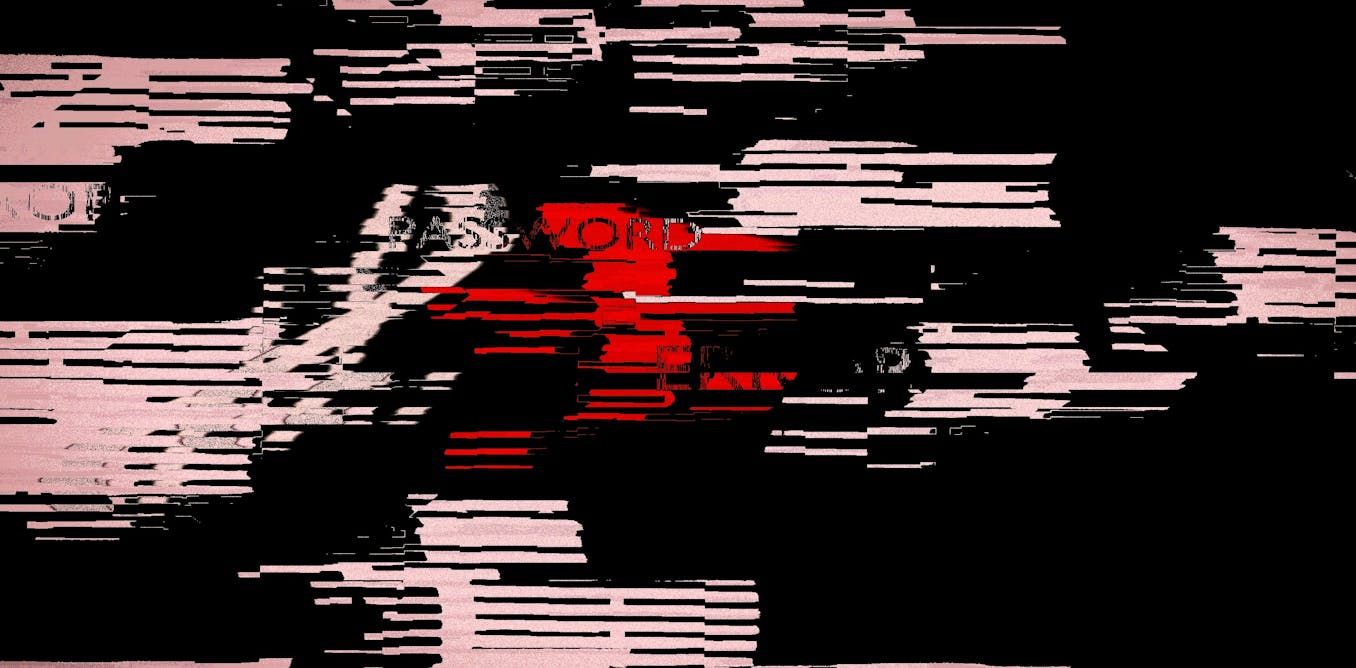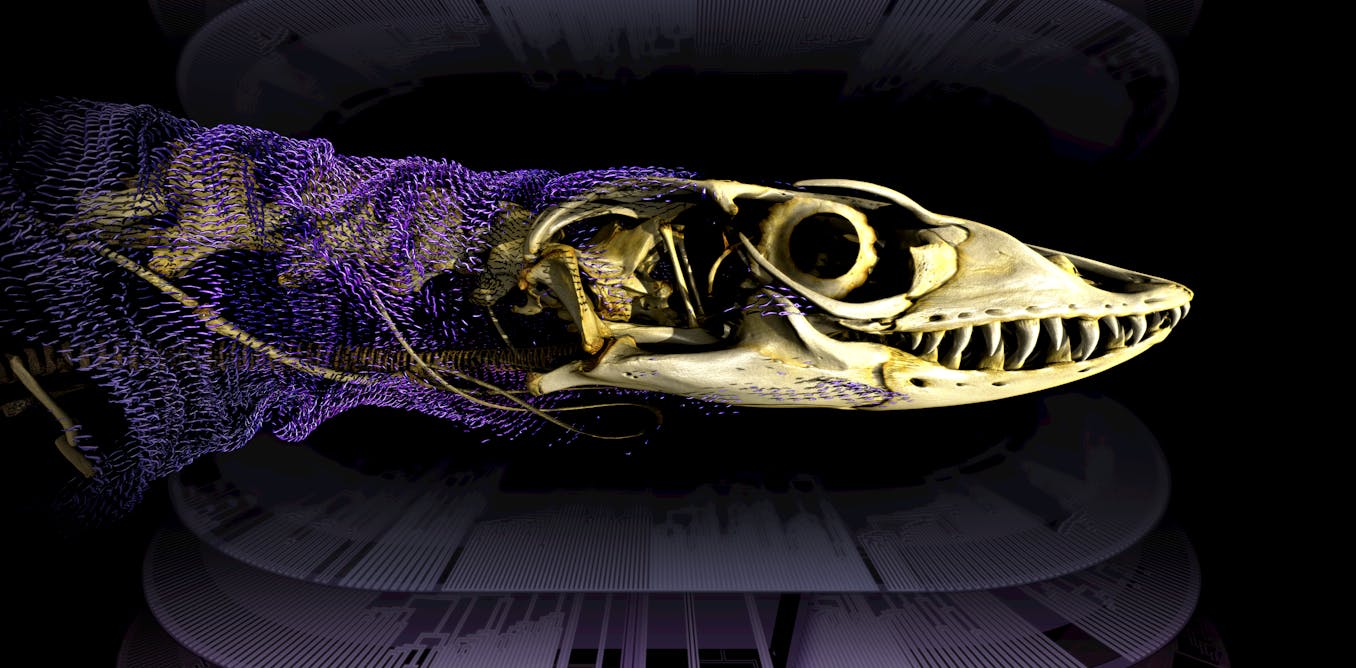What if you could heal from trauma in your sleep? For most of the history of medical surgery, it’s been commonly assumed that patients do not dream while under anesthetics. However, recent research suggests not only that people can dream under the influence of anesthesia but also that these dreams are different from “normal” dreams — and potentially beneficial for mental health.
In March, a team at Stanford University School of Medicine published a letter to the editor in the American Journal of Psychiatry in which they described how two patients reported a significant reduction in trauma-related symptoms after anesthesia-induced dreaming.
It’s a new approach whose efficacy still needs to be studied, but early observational evidence points to some surprising parallels with other cutting-edge treatments, including psychedelic therapy.
A unique phenomenon
After watching countless surgical patients dream under propofol sedation over the course of his career, Harrison Chow, MD, MS, FASA, Clinical Associate Professor at the Department of Anesthesiology, Perioperative and Pain Medicine, Stanford University School of Medicine, returned to his alma mater, Stanford Medical School, to study this phenomenon.
At Stanford’s Department of Anesthesia, Dr. Chow and his team have developed a reproducible method of using common anesthetics to generate a “continuous and profound positive dream state” in surgical anesthesia patients. This particular state can even be identified by unique EEG patterns.
“The technique was developed to reduce post-operative sedation and nausea, which dreaming reduces dramatically,” Dr. Chow told Big Think. Despite the traditionally dismissive attitude toward dreams in his field, he thinks that tuning into this particular frequency of consciousness is possible because, under light levels of anesthesia, midbrain activity associated with dreaming isn’t repressed as it is under heavier dosages. The result is an unexpected sweet spot.
So far, his team has surveyed approximately 930 surgical anesthesia patients over three years, logging around 625 surveys of patients reporting dreams. And these aren’t your typical dreams.
Dreaming away PTSD
Chow and his colleagues reported that two patients with PTSD diagnoses — a 57-year-old woman undergoing surgery for a right-breast lumpectomy and a 72-year-old woman undergoing a parathyroidectomy — received propofol/opioid-based anesthetics, followed by EEG-guided intraoperative dream induction: a method of gradually adjusting the dosage so that patients are still sedated but different parts of the cortex become active again.
Before surgery, Patient 1 had reported recurring nightmares about her son, whom she lost to suicide in 2017. Patient 2 reported the same, suffering from the loss of a son who had died from alcohol poisoning in 2000 at a college fraternity hazing. Emerging from the dream states, both patients reported profound feelings of joy and euphoria at having reunited with their sons during sleep. One month after the operations, neither patient met the criteria for PTSD nor reported nightmares, and both reported reductions in anxiety and depression.
Patient 1 “recalled two ‘euphoric’ intra-operative dreams,” the research team writes. “In one, she experienced her son’s birth, originally traumatic, as deeply joyful; in a second, she spent time with her adult son and experienced cathartic relief.” Patient 2 “dreamed about being with her late son and other family members and described the dream as ‘very positive.’”
Based on these reports, the team thinks there may be something special about anesthesia-induced dreaming that relieves the symptoms of PTSD, whether through fear extinction, emotion regulation, or memory processing.
Psychedelic parallels
While their initial project is to treat severe PTSD, the team says anesthesia-induced dreaming may be useful for multiple diseases affecting the brain, though further research is needed on clinical applications and brain circuitry involved.
“Developing a therapeutic strategy to induce and sustain transformative dream experiences — through EEG-driven anesthetic dosing — holds immense potential for the treatment of mental health disorders,” added Boris D. Heifets, MD, PhD, Assistant Professor of Anesthesiology, Perioperative and Pain Medicine at Stanford and co-author of the article.
The effects of this treatment point to the power of the mind.
“This approach enshrines the importance of subjective experience in the psychological transformation required for recovery from disorders like PTSD, and for the maintenance of psychological well-being more broadly.”
In other words, experience matters: In the ongoing debate over pharmacology versus psychology, these results suggest that revisiting an emotionally intense event under a different mindset can transform your relationship with it. “There was something about the euphoria that came with this dream that somehow knocked my brain out of those trauma connections,” Patient 1 told Stanford’s Scope.
The new approach shares similarities with other consciousness-altering therapies, like psychedelic therapy.
“There are surprising parallels with psychedelic therapy at the level of experiential description, therapeutic outcome, and even EEG signatures of the altered state itself,” Heifets said. “It would really require controlled trials and direct comparison to explore further.”
Dreaming into the future
For now, the team is fine-tuning the induction process itself and digging into those dreams a little further.
“Lately […] we have generated some of our longest anesthetic dreams (‘super dreams’) which honestly appear more like an ‘alternate consciousness event’ for these patients,” Chow said. “Upon emergence, these patients are sincerely unsure what was reality and what was a ‘dream.’ They of course felt amazing, with one patient saying this is the best he has ever felt in his life (he had been chronically bullied as a child).”
The two PTSD patients reported similar feelings.
“[My son’s] being there, surrounding me with his love, his presence — just having this tremendous joy that I’ve been with him and seen him,” said one patient, describing her experience, “but then also this tremendous sadness that it was a dream and that I couldn’t actually physically touch him or hold him or have him in my arms.”
“My brain really felt like I was with [my son],” the second patient said. “I had this dream but a ‘dream’ doesn’t even begin to capture what it was.”
The researchers hope to soon bring the technique outside of the operating room and test whether it proves to be a consistently effective treatment for trauma-related conditions.
This article Anesthesia “super dream” technique seems to soothe PTSD is featured on Big Think.

The post “Anesthesia “super dream” technique seems to soothe PTSD” by Saga Briggs was published on 07/24/2024 by bigthink.com






























![Animals vs. Water: Hilarious Moments! 😂 [2025 Edition] – Video Animals vs. Water: Hilarious Moments! 😂 [2025 Edition] – Video](https://i.ytimg.com/vi/F1_AvAuQI5M/maxresdefault.jpg)







Leave a Reply